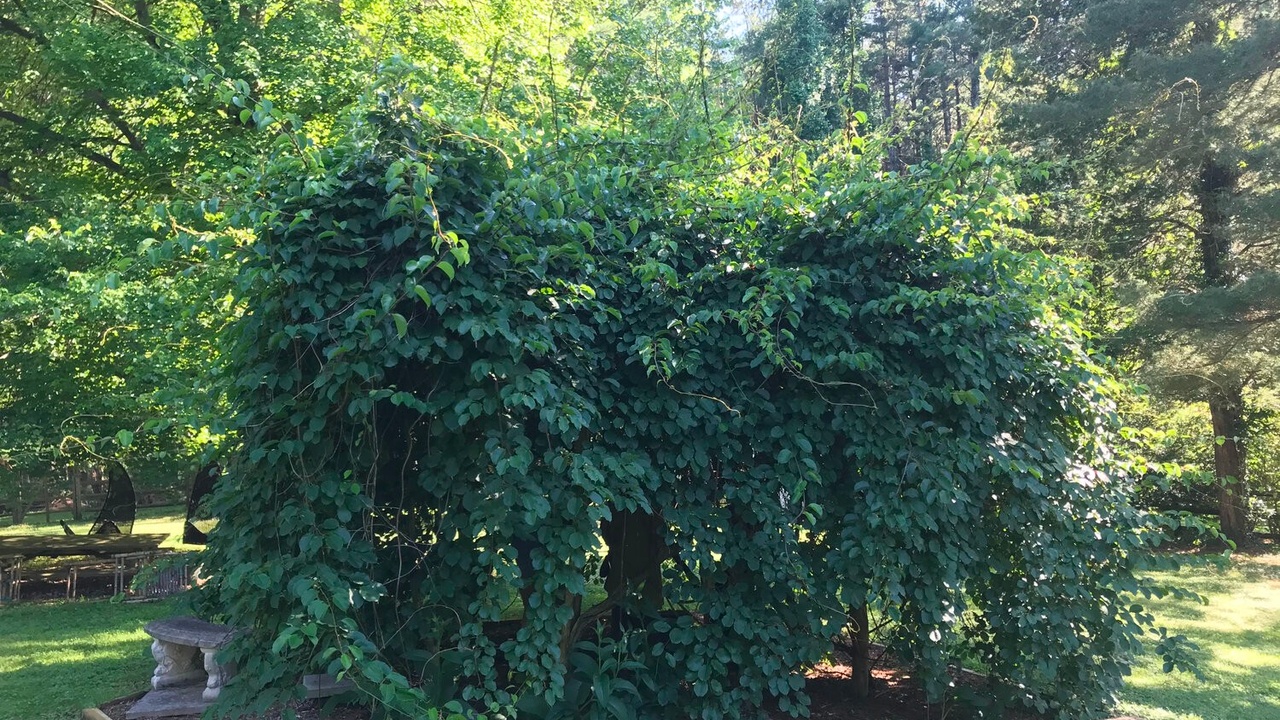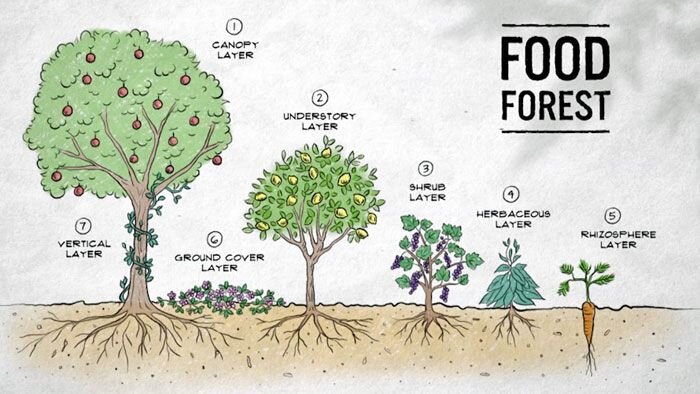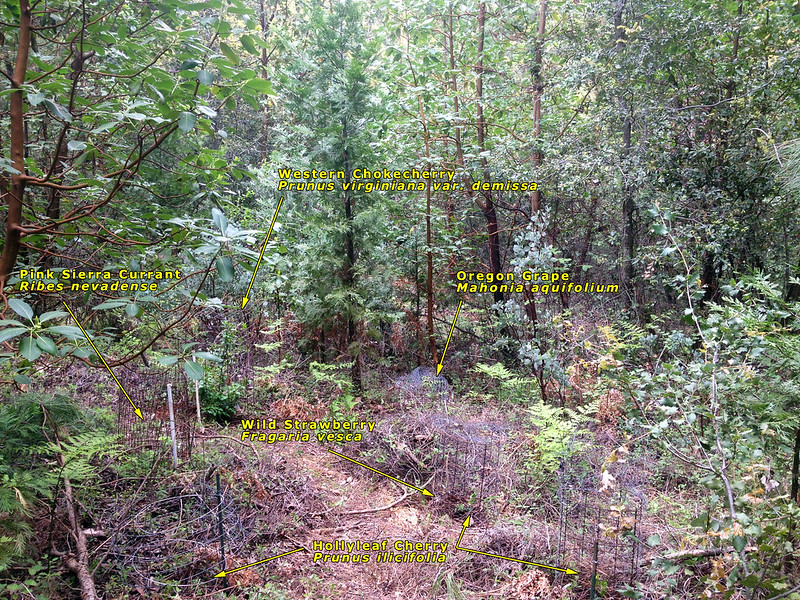 Imagine walking through a forest where every plant is edible. This is the concept of a food forest!
Imagine walking through a forest where every plant is edible. This is the concept of a food forest!
Food forests are gaining popularity worldwide. From major cities like Atlanta, GA, to tropical forests in Costa Rica, food forests can be planted anywhere. But what are food forests, and what can you grow in them?
Do they serve a greater purpose in the community? Let’s find out!
Food Forest: The Basics
Food forests (or forest gardens) are grown using a method of planting mimicking the way plants naturally grow. In other words, they create an interdependent ecosystem.
Food forests consist of seven to eight layers of edible plants extending in all directions – up, down, and out (think tree branches and expanding flowers). The layers are called the overstory, understory, shrub, herbaceous, root, ground cover, vine, and sometimes the mycelial (or mushroom) layer.
 This method allows more plants to grow in an area without causing the plants to fight for soil, light, nutrients, etc. The goal is to maximize your growing space by planting as strategically as possible.
This method allows more plants to grow in an area without causing the plants to fight for soil, light, nutrients, etc. The goal is to maximize your growing space by planting as strategically as possible.
The three-dimensional nature of food forests enables gardeners to maximize their garden’s space and enhance its health. Planting crops that attract pollinators gives other plants a better chance of being pollinated, thus increasing crop yield. A focus on perennials and self-seeding annuals reduces the need for replanting, allowing the garden to be self-sufficient.
How Do Food Forests Impact The Community?
Food forests fill many needs in the community. They contribute to food security in areas where nutritious food is limited by providing easy access to fresh produce.
Food gardens also double as a place to escape the heat! In places like Tucson, Arizona, neighborhoods can be 8-12 degrees hotter than the rest of the city, due to lack of trees! Installing food forests in empty lots, schools, and churches can lower temperatures in the area by around 10 degrees!
 Trees also remove carbon dioxide from the atmosphere, thus improving air quality. The food gardens provide a habitat for wildlife displaced by construction. These critters, in turn, contribute to the health of the forest through pollination and natural fertilization.
Trees also remove carbon dioxide from the atmosphere, thus improving air quality. The food gardens provide a habitat for wildlife displaced by construction. These critters, in turn, contribute to the health of the forest through pollination and natural fertilization.
Many food forests partner with local school systems to provide education to youth. The Urban Food Forest at Browns Mills – the largest public food forest in the USA at 7.1 acres – has partnered with the Greening Youth Foundation to educate youth on sustainability, and prepare them for green careers. The program provides them with both soft skills and hard skills, stipends, and hands-on agricultural and environmental education.
The Future of Food Forests
Though the idea of a food forest seems great, there are a few challenges. They take years to become established, and they will require the land that they are planted in for a long time. Food forests also require certain growing conditions, such as proper sunlight, water, fertilizer, etc. A willing community to adequately maintain them is also required.
These gardens offer significant benefits to communities worldwide. Many cities already have well-established food gardens, and others are quickly being planted. Let’s hope that this trend continues, and that access to healthy food continues to expand!
Want to learn more about food forests, or how to grow one of your own? Check out this article from Greenly!
Sources: NYTimes, Grist, Guardian, ConservationFund, Project Food Forest, Greenly.earth







